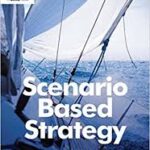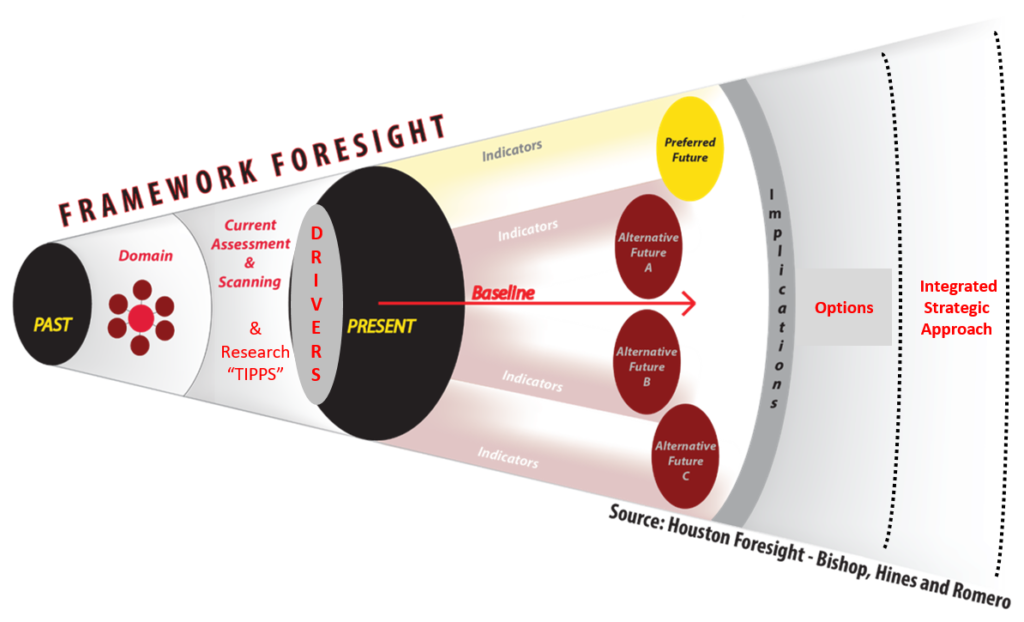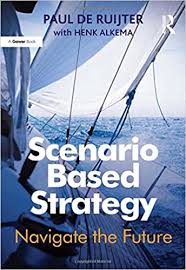 I am still hunting for strategy books that team up with – or at least consider – foresight. I reviewed Thinking in Bets not too long ago. Next in line is Paul De Ruijter’s Scenario Based Strategy. It came out in 2014, and was nominated as a candidate for an APF Most Significant Futures Works Award in 2015. And a handful of recommendations. It’s one of those books that is on the pile longer than it should be. When I read a foresight book these days, I am looking for three things:
I am still hunting for strategy books that team up with – or at least consider – foresight. I reviewed Thinking in Bets not too long ago. Next in line is Paul De Ruijter’s Scenario Based Strategy. It came out in 2014, and was nominated as a candidate for an APF Most Significant Futures Works Award in 2015. And a handful of recommendations. It’s one of those books that is on the pile longer than it should be. When I read a foresight book these days, I am looking for three things:
- Confirmation is what I’m teaching and doing is useful?
- Support are there new insights or evidence that build on what I’m teaching or doing?
- Differences: do I need to be teaching or doing something else?
Confirmation
 The author spent six months at Shell and they allowed him to write his Master’s Thesis on how Shell used scenarios to develop strategy. The book lays out the process in a clear and useful way. The diagram sums it up:
The author spent six months at Shell and they allowed him to write his Master’s Thesis on how Shell used scenarios to develop strategy. The book lays out the process in a clear and useful way. The diagram sums it up:
Being primarily in the education business these days, I am eager to bring new and different ways of doing and applying foresight work for me and my students. Looking at Du Ruijters’s graphic, it is easy to  see the structural similarities with our Framework Foresight Cone.
see the structural similarities with our Framework Foresight Cone.
Support
To help us calibrate the difference between some of the three-month projects we do and the gold-standard Shell scenarios, check this out: Du Ruijters notes that the 1992 Shell scenarios involved more than 30 man-years of work. Yep, not a typo!
And I love this. He brings in Schopenhauer’s observation saying that each new truth knows three phases: (1) ignored or ridiculed (2) vigorously opposed, and (3) self-evident.
Difference
I found his use of options to be something a bit different. We do use the term options as following implications (as de Ruijters does). But I like how he characterizes them:
- Some options are relevant and feasible in every scenario, which is future-proof
- Some options are successful under certain circumstances (call options)
- Some are better to stop if certain conditions occur (put options)
He then advocates evaluating each option in all four scenarios created, using a simple plusses (++ or +) and minuses (– or -) or a zero (neutral) against; or he also suggests putting probabilities on the scenarios and doing calculations. I’m not a fan of that approach, but I like the idea of more formally creating the grid of options and sorting them into the “future-proof, call, and put categories. – Andy Hines

Leave a Reply